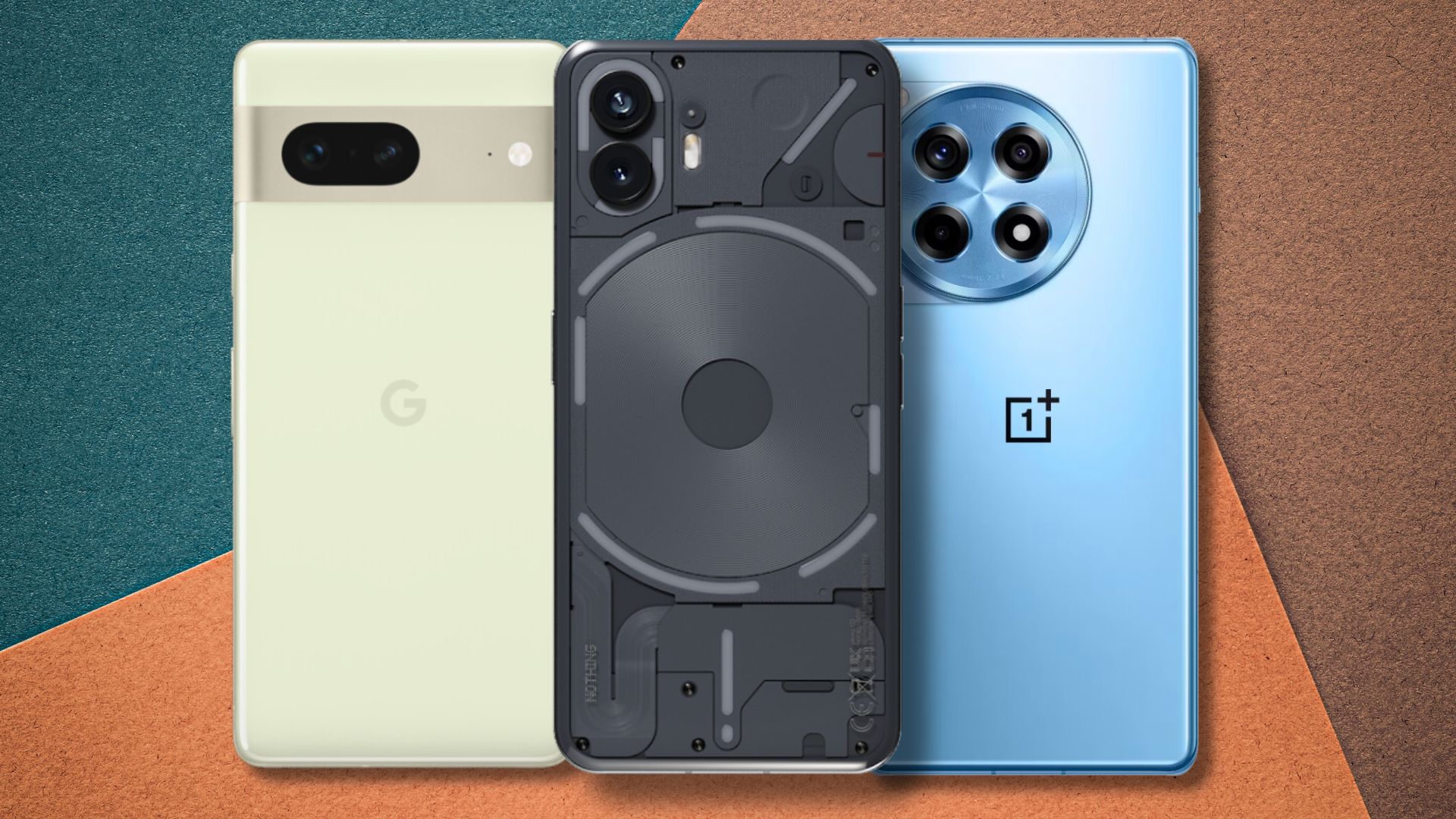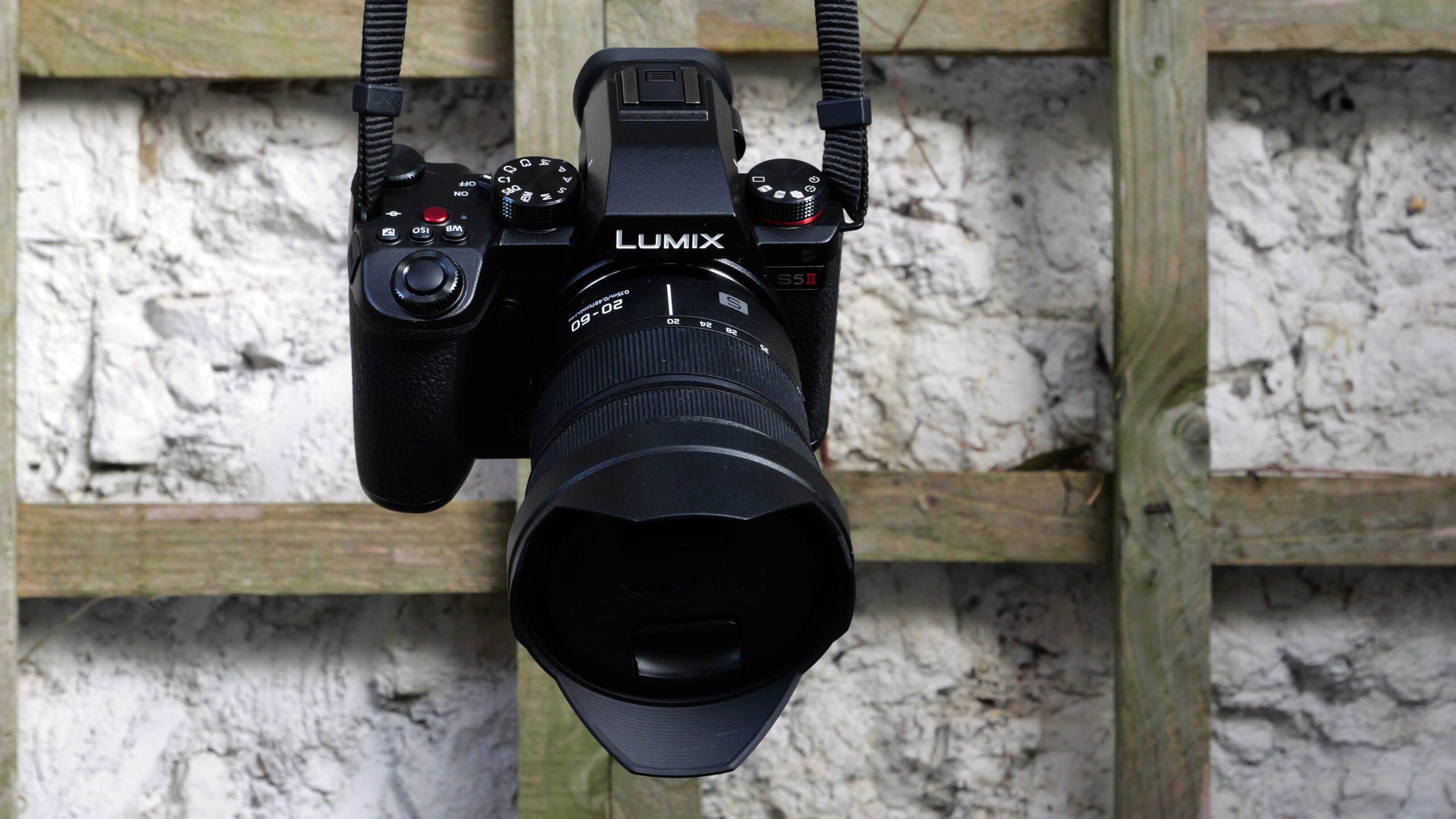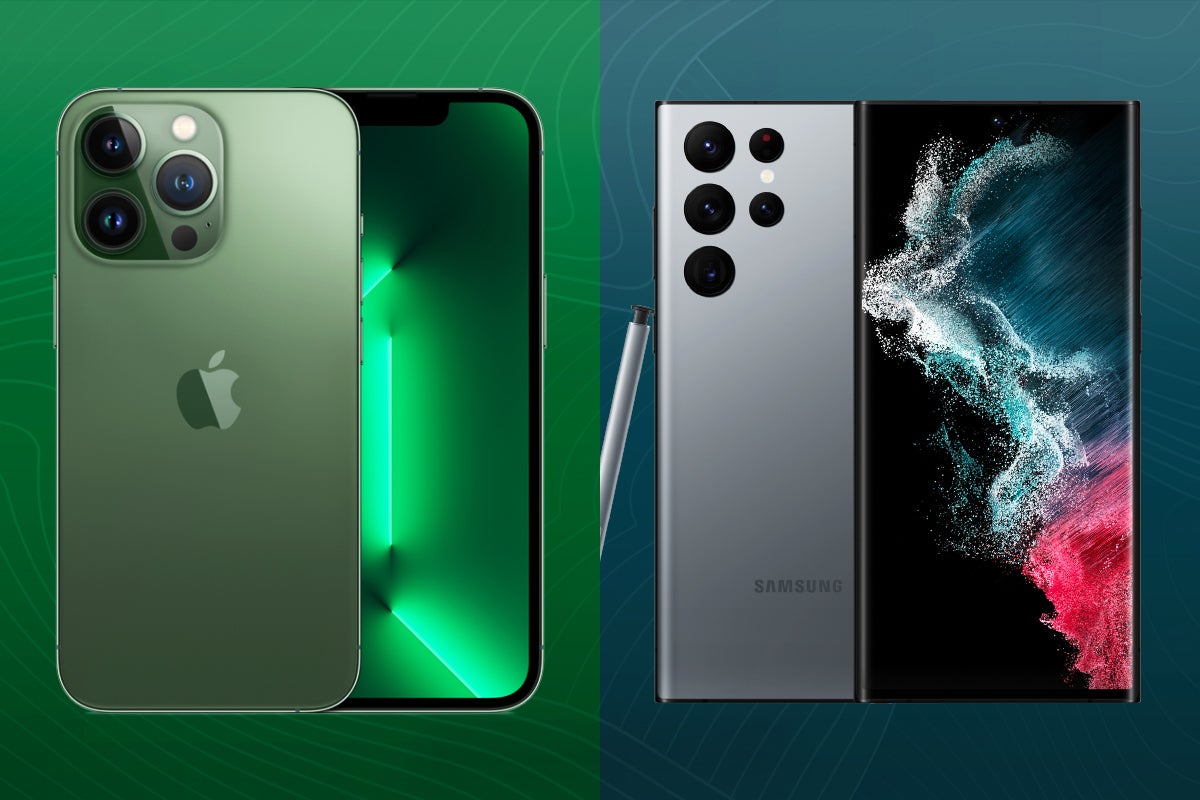Sony Xperia 5 III Review
Another impressive Sony phone
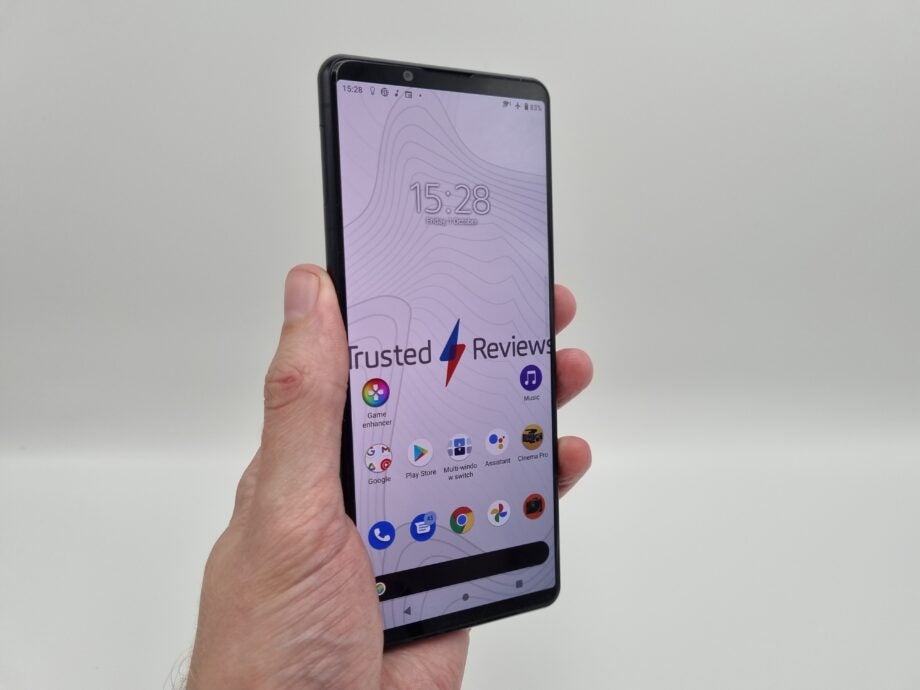

Verdict
The Sony Xperia 5 III earns a place as a worthy rival to most of 2021’s best flagship phones, offering competitive specs to key handsets including the Galaxy S21 Plus and OnePlus 9 Pro. But its high price and a few missing features make it a good alternative to, rather than an easy recommendation over, most similarly priced Android phones.
Pros
- Reliable rear camera
- Well laid out Pro camera app
- Decent battery life
Cons
- Screen’s atypical aspect ration causes some apps to look weird
- A little expensive
Availability
- UKRRP: £899
- USARRP: $1439
- EuropeRRP: €999
Key Features
- Pro camera modeManual customisation features and UI inspired by Sony’s A-series cameras
- Atypical 21:9 screen aspect ratioThe screen is longer and thinner than most other phones’
- Powered by to end partsThe Xperia 5 III runs using Qualcomm’s latest Snapdragon 888 chipset, which makes it a beat for gaming and photo editing
Introduction
The Xperia 5 III is the little brother to Sony’s even more expensive Xperia 1 III. However, its price makes it more akin to Samsung’s Galaxy S21 Plus than the cheaper Galaxy S21, and places it in the lower echelon of the flagship phone market.
As a handset it retains a lot of the perks seen on the Xperia 1 III, with highlights including an atypically thin 21:9 design and custom “Pro” camera app.
These perks, plus a solid spec sheet make it a compelling alternative to most of the best Android phones we’ve tested this year. And with real world use I found plenty to like about the phone, with it offering surprisingly long battery life and wonderfully accurate camera performance.
The only downside is that it’s missing a few key features, which cement its place as a good phone that matches, but doesn’t necessarily beat 2021’s best phones.
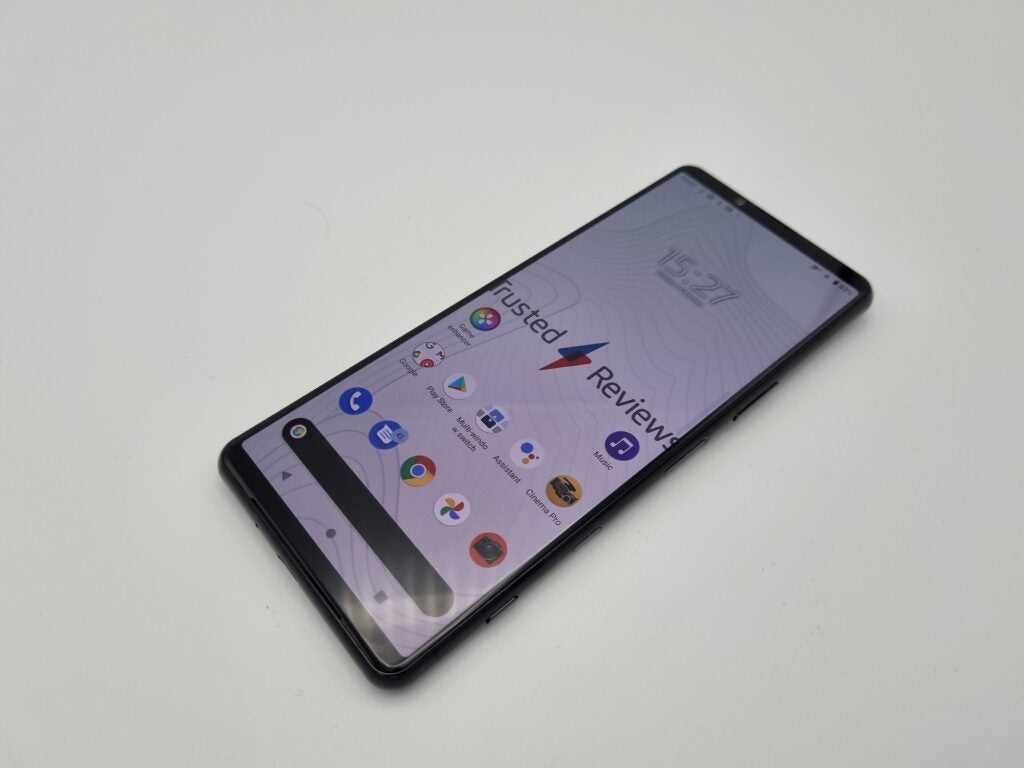
Design and screen
- The Xperia 5 III has an atypically tall and thin design
- The screen can run at 120Hz, but it doesn’t have a variable refresh rate
- The phone is IP68 water resistant
Visually the Sony Xperia 5 III looks a lot like its big brother. It shares the same design philosophy as pretty much every Sony phone I’ve seen over the last few years. This means it’s got an atypically tall and thin mixed metal design that pairs slightly curved sides with a distinctly flat back.
Some people may bemoan the lack of design flourishes, and there’s no denying it’s tall and narrow body can feel a little weird at first. The metal and glass finish also becomes fairly slippery when even moderately wet and I had more than a couple of near misses using the phone outdoors when it was drizzling.
But as handsets go it feels like a premium, well built phone. The tall rear camera housing is also suitably discrete. Generally, if you like phones that don’t draw unwanted attention, the Xperia 5 III is one of the best looking available.
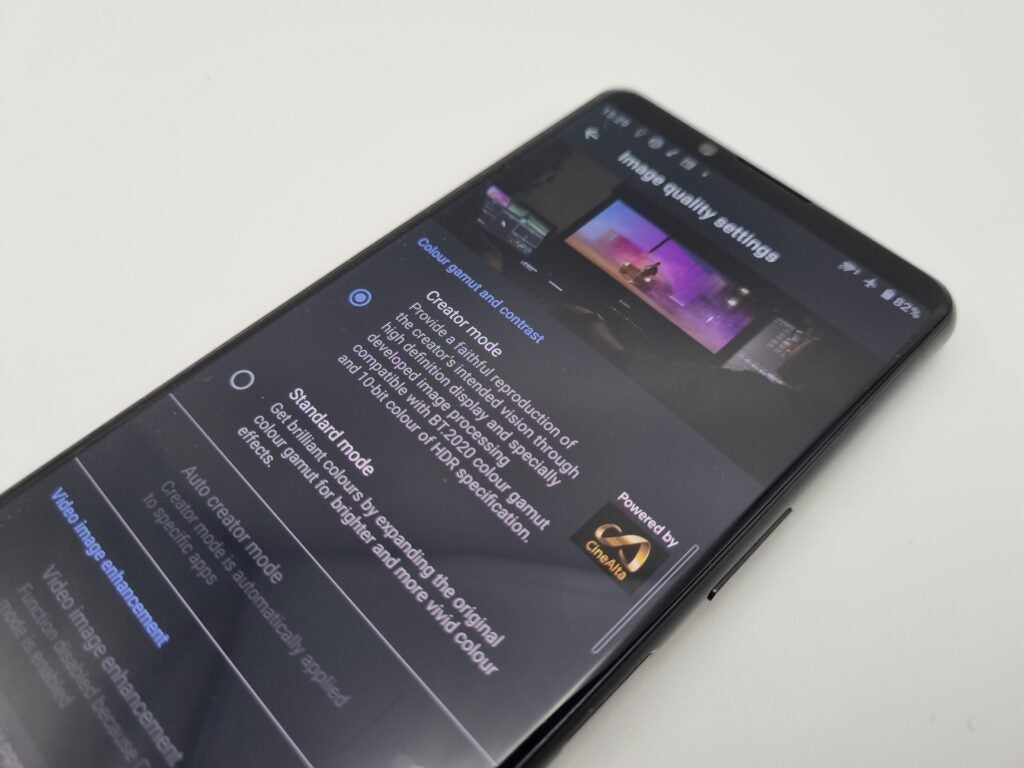
I do have some foibles with the design, however. For starters, the front camera is still housed in a noticeably big black bezel on the screen’s top. This makes it look very old-school in a world where iPhone 13-esque notches and Galaxy S21-style hole punch camera housings are the norm.
The phone’s button placement is also a little off if, like me, you’re a southpaw. The phone has three physical buttons on its long right side: a volume rocker about three quarters up its side, a power button just below it and a camera shutter button at its bottom. The problem I experienced stemmed from the fact the power button also features an integrated fingerprint scanner and has clearly been positioned to sit where a right handed user’s thumb would naturally fall.
The scanner works well when used this way. I had no issues with its speed or accuracy. But, holding it in my left hand, the scanner proved a little too accurate with every accidental brush of my index finger being detected, leading to it registering “too many attempts” to be used to unlock the phone in the space of time it took me to take it out of my pocket on several occasions.
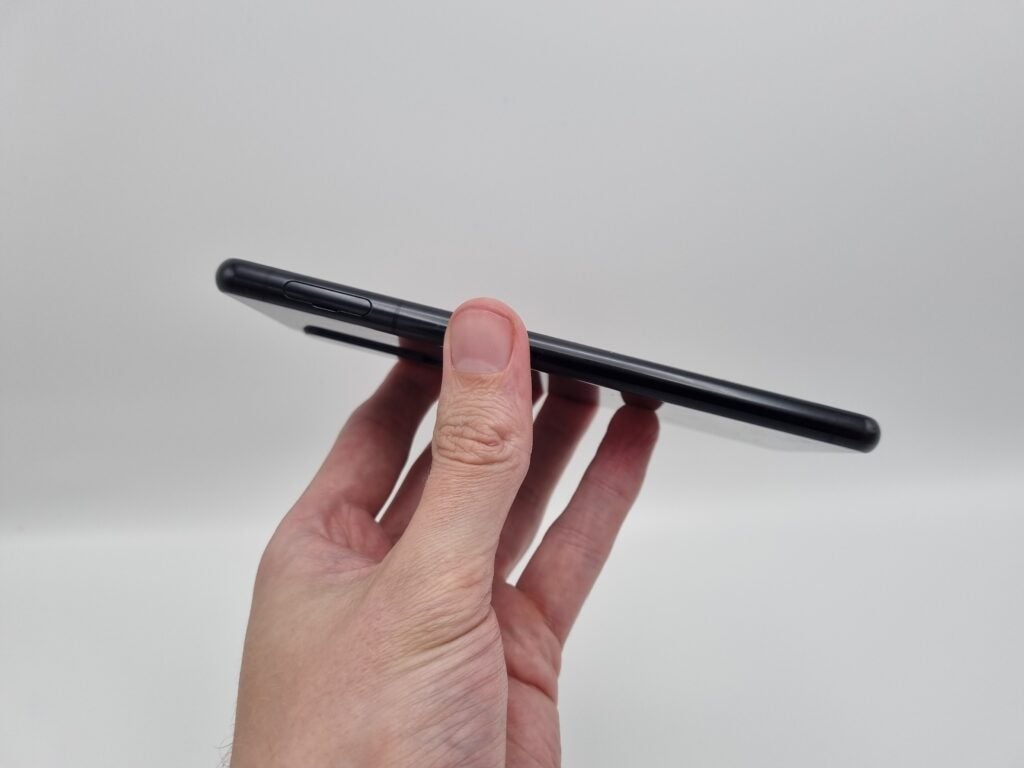
Large chin and forehead aside, the screen is generally excellent. Sony’s loaded the Xperia 5 III with a 6.1-inch, 1080 x 2520 resolution, 21:9 ratio OLED screen.
The resolution ensures images and icons look sharp, even if it doesn’t match the 4K offering on Sony’s flagship and the OLED panel ensures blacks are wonderfully inky, giving films, especially in HDR, wonderful punch.
I’m also a big fan of the wealth of screen settings on offer. Out of the box it runs in standard mode, which is the equivalent of the “vivid” setting plaguing most Galaxy handsets. This is the showroom floor setting that overcooks colours in a bid to make the screen look as punchy and vibrant as possible, at the expense of accuracy.
I’m a much bigger fan of the creator setting, which focuses on colour accuracy over vibrancy. I found with the creator mode on, colours were much more natural, and generally more pleasant to look at. The setting also targets creatives that want to take advantage of the phone’s “pro” camera functionality, working to ensure what you see on screen is what is actually being captured.
If, for some reason, you want to have a mix of both, the phone also lets you set the Xperia 5 III to only switch to creator mode in certain apps, though honestly, I’d recommend just having it on all the time.
My only minor issues with the screen are that unlike Galaxy S21 Plus, the Xperia 5 III’s display doesn’t have a variable refresh rate and its aspect ratio can make some apps look a little odd.
A variable refresh rate lets a screen intelligently adjust how many images per second are displayed. This lets it max out its refresh rate when there’s a benefit, like gaming and then lower it to save battery when running processes where there’s no benefit. The tech is a key selling point for the Galaxy S21 line, OnePlus 9 Pro and iPhone 13 Pro/Pro Max.
Considering the Xperia 5 III’s price it would have been a nice addition. Without it, all you can do is pick between 60Hz and 120Hz modes in the screen settings.
The aspect ratio is designed to let the Xperia 5 III play modern movies as they are mastered. If you watch modern epics this does ring true and you’ll get a full screen experience. But on older content, and most TV shows, there are noticeable black borders.
Performance
- The Xperia 5 III is a powerhouse phone that uses cutting edge parts
- Games run smoothly, even in 120Hz
- Though it does heat up with prolonged use
The Xperia 5 III is powered by the same Qualcomm Snapdragon 888 5G chip seen in most of 2021’s Android flagships. Paired with 8GB RAM this makes it a powerhouse device.
Using the Xperia 5 III as my primary work and personal handset, I didn’t have any real performance issues. The device blitzed through basic picture editing in Photoshop Express, opened applications in milliseconds and ran demanding games, like PUBG with its graphics maxed with zero issue.
The only minor problem is that the device’s back did on occasion get noticeably hot to the touch, though this only happened when running demanding processes, or recording video for prolonged amounts of time, which is hardly a deal breaker.
My real world experience rang true when I synthetically benchmarked the Xperia 5 III. You can see how it performed against key rivals, like the Galaxy S21 Plus, in the table below.
| Geekbench 5 single-core | Geekbench 5 multi-core | 3DMark Wildlife | |
| Xperia 5 III | 1132 | 3672 | 4890 |
| Galaxy S21 Plus | 1006 | 3218 | 5701 |
Camera
- The camera doesn’t have any killer features
- But it is surprisingly accurate with colours in auto mode
- And features a powerful Sony Pro setting for serious photographers
The Xperia 5 III features a triple sensor rear camera setup that combines 12 MP, f/1.7, (wide), 12 MP, f/2.3, (telephoto), and 12 MP, f/2.2, 16mm (ultrawide) parts. Upfront there’s a single 8 MP selfie camera.
Unlike a lot of phone cameras from 2021 it doesn’t try and entice users with a flashy feature, like 100x zoom, or a custom “cinematography” mode that adds a bokeh effect to video, ala iPhone 13.
For me this isn’t a bad thing, as in its place Sony has focussed on getting all the fundamentals right. As a result, the auto setting produces photos that are in my mind, superior to what you’ll get on most competitively priced phones. Putting it head to head with the Galaxy S21 Plus the Sony Xperia 5 III offered more realistic shots.
This is largely because Sony appears to have taken a much more muted approach to post-shot processing. Colours don’t appear quite as punchy as those taken on the S21 Plus and shots on the Sony have pleasingly realistic colours. They also aren’t oversharpened to an extreme.
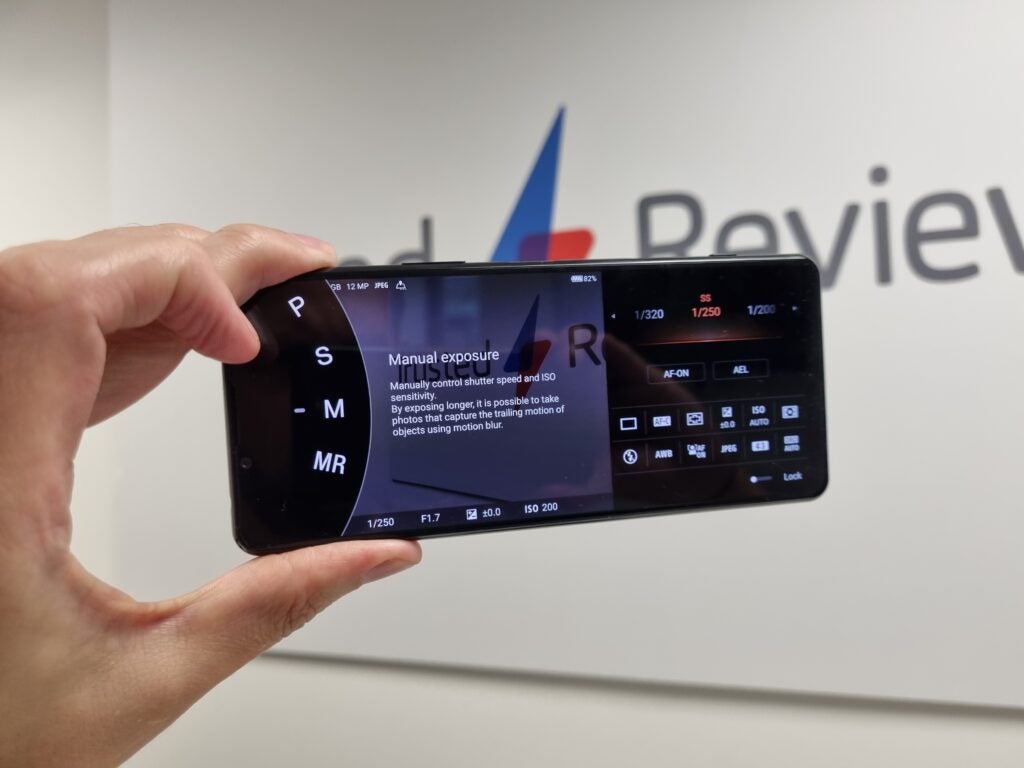
The camera’s ultrawide also performed well when taking cityscape shots and bokeh effects were suitably accurate during testing. Bokeh is an effect where the foreground subject is in focus while the background is blurred.
The only time the auto setting struggled to compete was in low light. Here images were universally usable, outside of pitch blackness, but those taken on the Samsung Galaxy S21 Plus and Pixel 5 were slightly less noisy.
Thankfully this is easily fixed in the camera’s Pro mode. This is the same custom camera mode Sony’s loaded onto most of its top end phones. It effectively gives you a wealth of camera setting options for key things like aperture, white balance and focus zones in a similar UI to what you’ll find in Sony’s A-series mirrorless cameras. It’s a little daunting to use if you don’t know what you’re doing, but in experienced hands I found it’s possible to take excellent, significantly nicer shots.
The front camera is very by the numbers, being no better or worse than what you’ll find on an iPhone 13 or Galaxy S21 Plus. It can take usable selfies in decent light, but struggles in dim conditions and is more than good enough for Zoom calls.
You can see a selection of photos taken on the Xperia 5 III below.

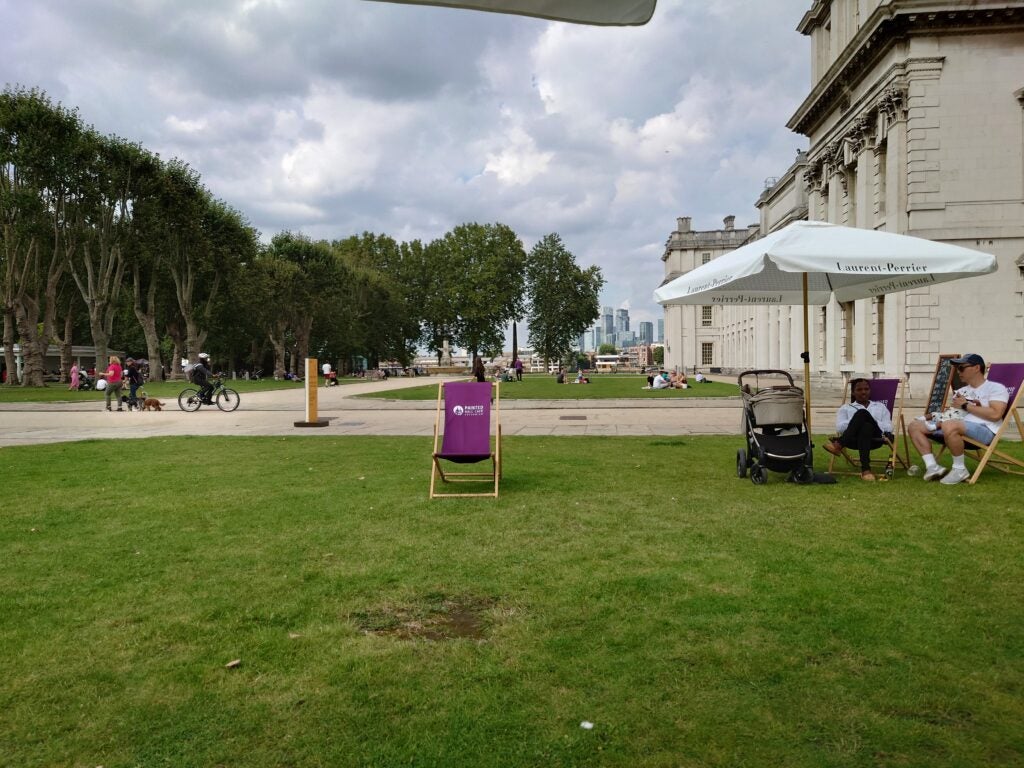
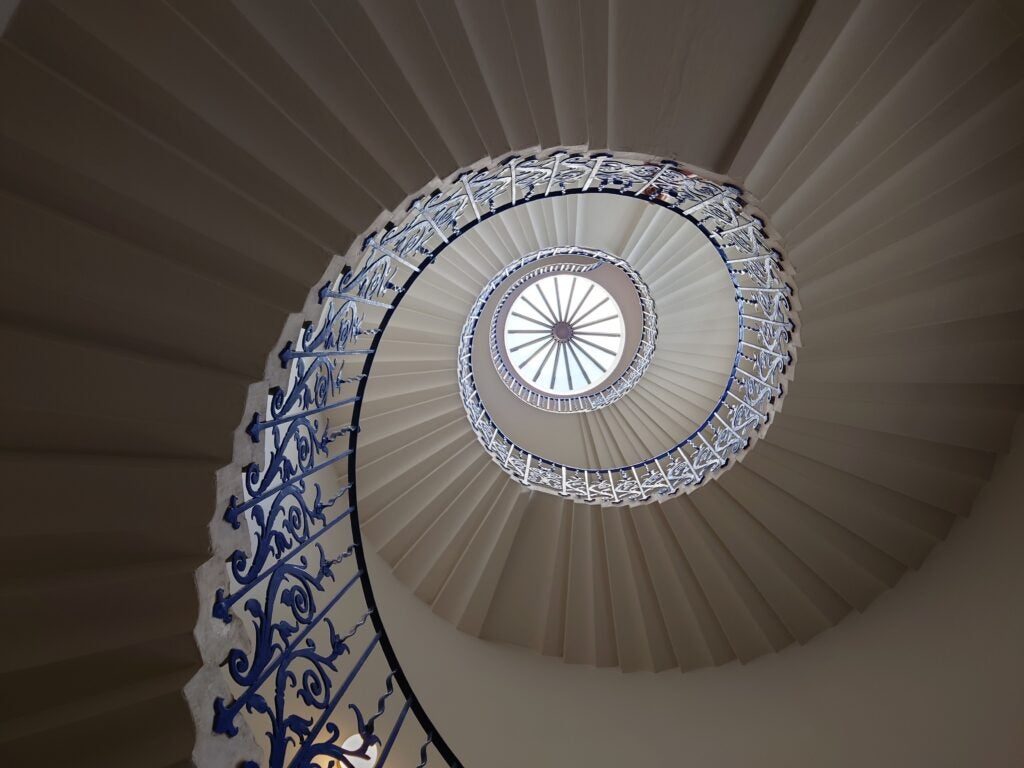



Battery life
- The Xperia 5 III will last a full day’s regular use
- It’ll charge in just over an hour, if you have the right kind of plug
Sony’s phones haven’t always offered the best stamina, with past flagships’ 4K resolutions, or fancy video modes proving outright power hogs. But I’m pleased to report this isn’t the case on the Xperia 5 III.
I’ve found the phone easily lasts a full day’s use, even with the 120Hz refresh rate screen setting on.
This entailed regularly checking incoming messages and social media feeds, taking and making calls (Zoom and regular) throughout the workday, an hour’s streaming on YouTube/Netflix and a quick GeForce Now gaming session before bed.
However, like all the phones I test, more intensive tasks do put a bigger drain on the battery.
Streaming video at 120Hz, the phone discharged an average of 8-10% of its charge per hour. Gaming put an even bigger 12-15% drain.
If you want to you can also radically extend the battery by setting it to 60Hz. Here the phone lost an average of 5-6% streaming video and 8-10% gaming.
Latest deals
Should you buy it?
You like Sony phones and want a solid all-around handset: The Xperia 5 III doesn’t have a single killer feature, like the S21 Plus or iPhone 13, but by getting nearly all the basics right it ears a place as one of 2021’s best all-rounders. The only real omission is the screen’s lack of a variable refresh rate, which is odd at this price.
You want the very best Android has to offer: The Xperia 5 III is good at most things, but it’s not the best phone at anything. The Galaxy S21 Plus has a better, variable refresh rate screen and rivals, such as the Pixel 5 beat its camera in low light.
Final Thoughts
The Sony Xperia 5 III is an excellent Android phone that will meet 99% of users’ needs. It offered solid battery life, a reliable rear camera and a wonderfully clean install of Android.
How we test
We test every mobile phone we review thoroughly. We use industry standard tests to compare features properly and we use the phone as our main device over the review period. We’ll always tell you what we find and we never, ever, accept money to review a product.
Used as our main handset during test period
Camera tested in variety of situations with all modes
Tested with synthetic benchmarks and real world use
FAQs
The Xperia 5 III does not have a variable refresh rate, it is locked to run at either 60Hz or 120Hz.
The Xperia 5 III does not come with a case included in the box.
The Xperia 5 III is IP68 certified, which means it can survive short submersions, but is not fully waterproof.
Trusted Reviews test data
Full specs
Jargon buster
HDR
HDR stands for High Dynamic Range and refers to contrast (or difference) between the brightest and darkest parts of an image. HDR content preserves details in the darkest and brightest areas of a picture, details that are often lost in old imaging standards. HDR10 is mandated to be included on all HDR TVs. It’s also supported by 4K projectors.Refresh Rate
The number of times the screen refreshes itself per second.mAh
An abbreviation for milliampere-hour and a way to express the capacity of batteries, especially smaller ones in phones. In most cases the higher the mAh, the longer the battery will last but this isn’t always the case.Nits
The brightness level of a display. 300 nits is regarded as the minimum target for high-end screens.

